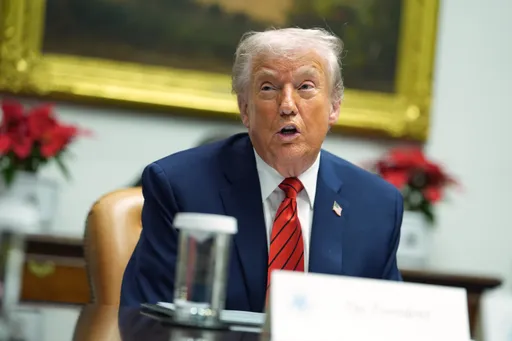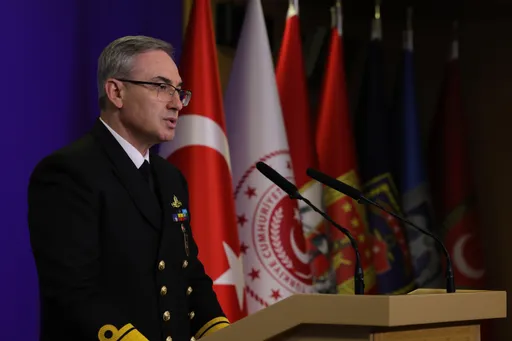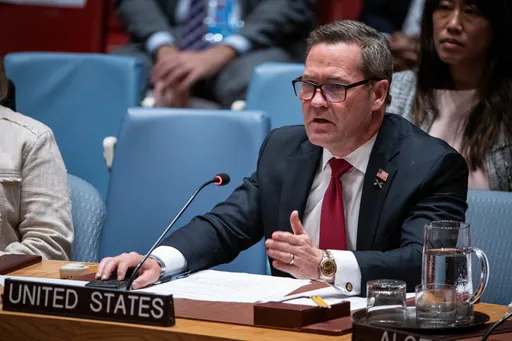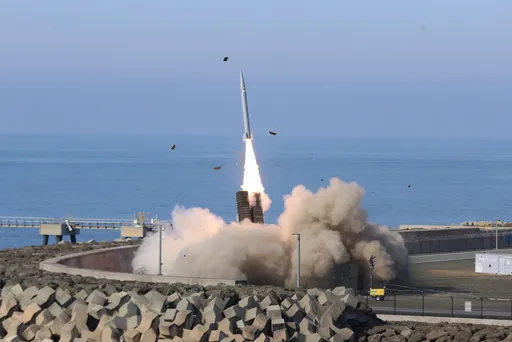Starting July 11, thousands of protestors swept across Cuba, affecting Havana and over 30 cities, in a rare public display of dissatisfaction with the government.
The central refrain of demonstrators is “Homeland and Life” – a twist on Che Guevara’s famous “Homeland or Death” slogan. Encapsulating the bread and butter demands of many demonstrators, it is displayed on make-shift signs, sung in the streets, and has become a hashtag on social media. Videos of protestors in Camaguey chanting “no more death, there’s no food” speak directly to the dire situation affecting Cubans.
The main thrust of these slogans are shortages in healthcare supplies, vaccines, and food – issues that the government has not been able to address. Similar reasons for protests have emerged in much of the world since the onset of the pandemic.
Yet, Cuba is still a one-party state where protests against the government are unusual and unauthorised demonstrations are illegal. It is not uncommon to see militarised police with German Shepherds in working-class Havana.
In this environment, sharper political slogans against the communist government have emerged.
Videos of demonstrators standing outside of Havana’s National Capitol Building and along the city’s picturesque Malecon show protestors chanting “freedom”. Protests carried over into Monday with mass demonstrations in Holguin – Fidel Castro’s hometown in the east of the country. At the time of writing, protests have swept through Cardenas. There may be more depth to this discontent.
To contain the momentum of the demonstrations on Sunday, the government limited access to the internet and imprisoned hundreds. Initially, the police were unable to deter the protestors so they withdrew. Eventually, anti-riot police were deployed to contain the outpour of anger with rubber bullets and batons. In some cases, police in plainclothes infiltrated protests to arrest unsuspecting demonstrators. By nightfall, the military openly patrolled the streets of Havana.
In response to police repression, videos show protesters peacefully chanting “we are not afraid” while walking through the streets with their hands up. In other cases, protestors responded by attacking symbols of the state. Rare episodes of violent tactics include flipping police cars and sacking Communist Party offices.
Early Sunday, Cuban President Miguel Diaz-Canel Bermudez blamed the demonstrations on foreign mercenaries paid by the United States to destabilise Cuba. He called on government supporters to take the streets to fight. Thousands responded in impromptu counter-protests bearing Communist Party and 26th of July Movement flags chanting: “I am Fidel”.
The pandemic in Cuba
Cuba has managed to do comparatively well with addressing the pandemic. A Lancet piece published this April notes that, “Cuba's long-standing commitment to health has led to a successful COVID-19 pandemic response, but it is threatened by financial and supplier issues”. Cuba was doing so well during the early phase of the pandemic that it was sending healthcare professionals to help with Covid-19 outbreaks all over the world.
For most of 2020, the government was able to keep the pandemic under control. However, the spread of new variants has caused a surge in cases. Public Health Minister Jose Angel Portal explained that in the first months of 2021, 88 percent of the patients hospitalised had the new variant with a 68 percent mortality rate. The Friday before the protests, Cuba hit a record 6,422 cases.
The mounting case numbers in the wake of rapidly spreading variants is only one aspect of the pandemic the Cuban government is struggling to deal with. The 4 million tourists that annually flooded Cuba’s beautiful beaches were reduced to just 80,000. It’s tourist-dependent economy contracted by 11 percent last year and 15 percent the year before. The sharp 40 percent rise in global food prices because of the pandemic hit Cuba especially hard as it imports up to 70 percent of its food.
Exploding infection rates, a stalling economy, and skyrocketing food prices have fueled a feeling among the population of government impotence and neglect.
US embargo and paid activists
In an oft-repeated refrain, President Diaz-Canel Bermudez blamed the dire fortunes of the country on the 60-year-old American embargo which he labelled genocide and a crime against humanity. One 2018 estimate by the UN Economic Commission for Latin America puts the total cost of Washington’s hostile trade policies on the Cuban economy at $130 billion.
Despite the pandemic, the embargo on Cuba has been in full force. A critique of the embargo is warranted by Cuban officials facing difficult circumstances governing; however, it is not the sole factor contributing to a contracting economy and mounting food insecurity.
Many Cubans taking the streets have lived their whole lives under America’s hostile trade regime, and understand the pressures of the embargo. However, their discontent is fueled by a lack of government response to declining living standards and a raging pandemic.
In the US, President Joe Biden released a paragraph-long statement in support of Cubans in “their clarion call for freedom” from the regime and support for their rights to peaceful protest. Republican lawmakers used the demonstrations as an opportunity to decry police violence against protesters while calling for a continuation of sanctions.
The key impact of the US on the protest movement in Cuba is its funding for anti-government groups. Since 2017, USAID has awarded over $16 million to pro-democracy efforts on the island. Much of the funding is opaque, but that has not stopped the government from linking protests demanding food and medicine to a conspiracy hatched in the US.
July 11 will be a watershed moment in Cuban history as a new generation protests declining standards of living openly for the first time. The government can take it as a signal to address the plethora of crises triggered by the pandemic or apply a heavy hand to dissent by continuing to treat protest as a prelude to its own overthrow.
























